From Jan. 12, 2024, the Archaeological Park of the Caelian opens to the public with the new Museum of Forma Urbis located inside. They were inaugurated today by the Mayor of Roma Capitale Roberto Gualtieri, Capitoline Councillor for Culture Miguel Gotor, and Capitoline Superintendent of Cultural Heritage Claudio Parisi Presicce.
The Park and the Museum, whose opening is due to a series of interventions conducted under the scientific direction of the Capitoline Superintendent of Cultural Heritage of Roma Capitale, are part of a vast project of enhancement of the entire area of the Caelian, framed within the broader program of redevelopment of the Monumental Archaeological Center (CArMe) wanted by Roma Capitale.
The Archaeological Park of the Caelian occupies the northern sector of the hill, a green area oriented toward the Colosseum and within which there are important archaeological evidence, such as the perimeter foundations of the temple of Divus Claudius. Thanks to the restoration of the buildings in the area, the Casina del Salvi and the former Gil Gymnasium, and the arrangement of the adjoining archaeological garden, in which a large amount of large-scale epigraphic and architectural materials from the collections of the former Municipal Antiquarium from the late 19th-century excavations in Rome have been organized by thematic nuclei, visitors will have a new opportunity to deepen their knowledge of ancient Rome. Opening the garden to the public is the first step in a program that, thanks to the Jubilee interventions, will lead to the complete display of the finds and the opening to the public of the Casina del Salvi, which will return to its original function as a coffee-house and at the same time will also house one of Rome’s new Study Rooms.
Inside the Park, in the former Gil Gymnasium building, is the new Forma Urbis Museum, which preserves the remaining fragments of the famous Forma Urbis Romae, the giant marble plan of ancient Rome engraved between 203 and 211 A.D. under Emperor Septimius Severus. It is one of the rarest and most important records of the ancient city that the public will be able to admire after nearly a century. In fact, the last overall display of the originals took place between 1903 and 1924 in the garden of the Palazzo dei Conservatori; then, until 1939, some significant nuclei were visible in the Antiquarium of the Caelian.
The Forma Urbis was originally displayed on the wall of a hall in the Forum of Peace that was later incorporated by the complex of Saints Cosmas and Damian in the area of the Roman Forum. It was engraved on 150 marble slabs applied to the wall with iron pins and occupied a space of about 18 by 13 meters. After its discovery in 1562, many fragments of the large marble map were lost, while some were found over time. Today about one-tenth of the total original plan remains. Since 1742 it has been part of the collections of the Capitoline Museums.
The new display in the Museo della Forma Urbis allows visitors to admire the marble plan, furthering the legibility of a document that, due to its clutter and fragmentary condition, lends itself poorly to immediate comprehension. Located on the floor of the museum’s main hall are fragments of the Forma Urbis, superimposed as a planimetric base on Giovanni Battista Nolli’s Pianta Grande of 1748. The interior spaces of the museum building also accommodate a substantial selection of the architectural and decorative material from the former Municipal Antiquarium.
Starting Jan. 12, the Archaeological Park of the Caelian will be open daily free of charge (7 a.m. to 5:30 p.m. daylight saving time and 7 a.m. to 8 p.m. daylight saving time). The Museum of Forma Urbis, on the other hand, will be open Tuesday through Sunday from 10 a.m. to 4 p.m. (last entry one hour earlier) and will charge an entrance fee, except for MIC Card holders who will also have free access to the museum space. Museum services are provided by Zètema Progetto Cultura.
The project is part of a broader transformation of the Caelian Hill and the entire Monumental Archaeological Center, starting with a number of important interventions: consolidation and rehabilitation work on the former Municipal Antiquarium will begin shortly, which will put an end to the building’s almost century-long neglect. In addition, the green area of the Caelian will be upgraded in vegetation, paths, overlooks toward the Palatine and connections with the Colosseum area, through a project by the Department of Environmental Protection. Finally, the New Archaeological Walkway, along Via di San Gregorio, will connect the Caelian Park with the Monumental Archaeological Center.
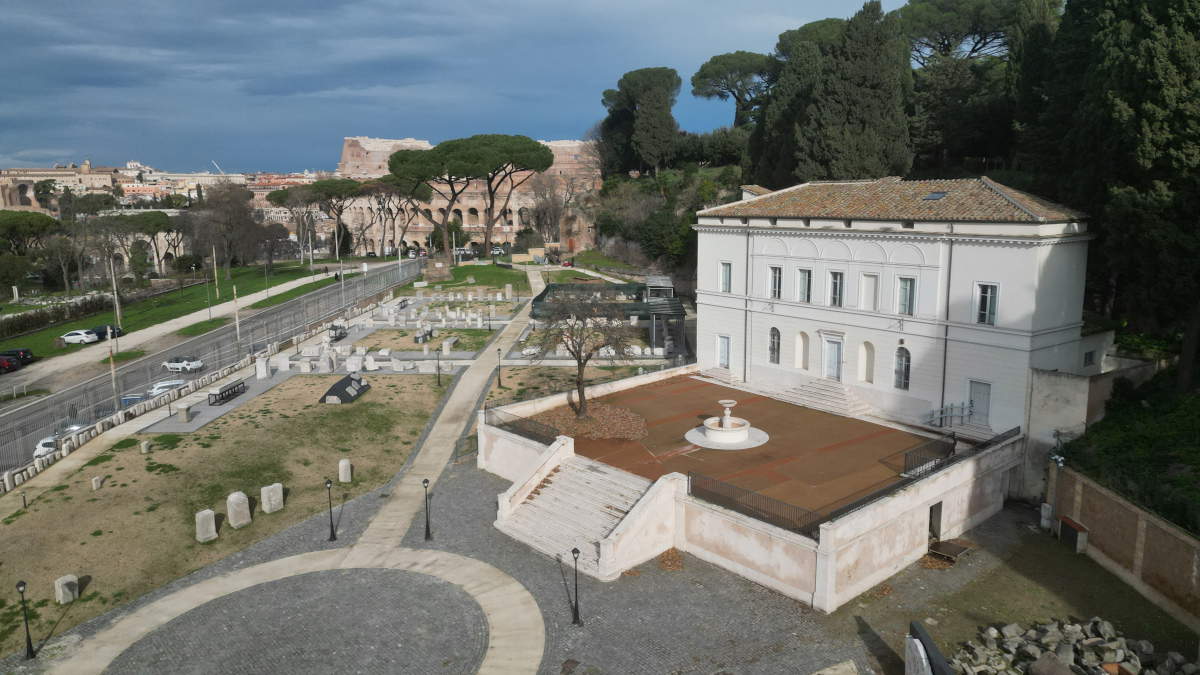 Coelian
Coelian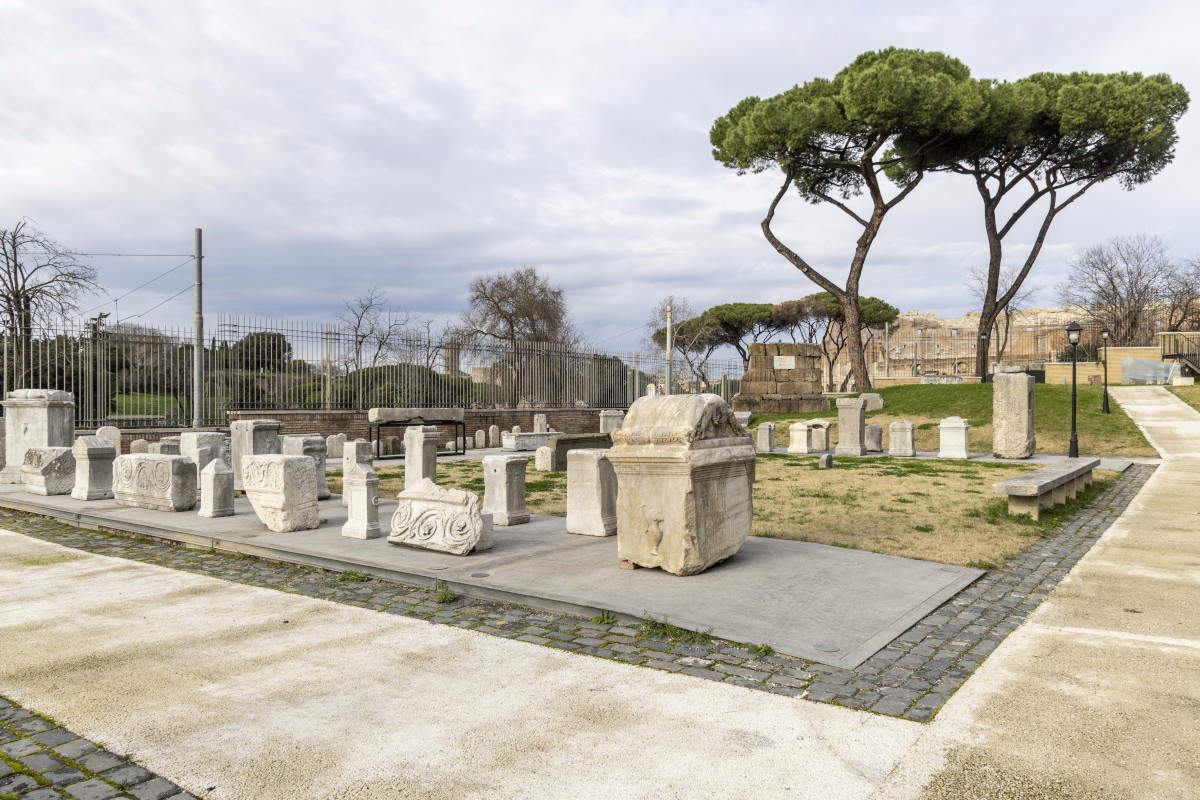 Coelian Archaeological
Coelian Archaeological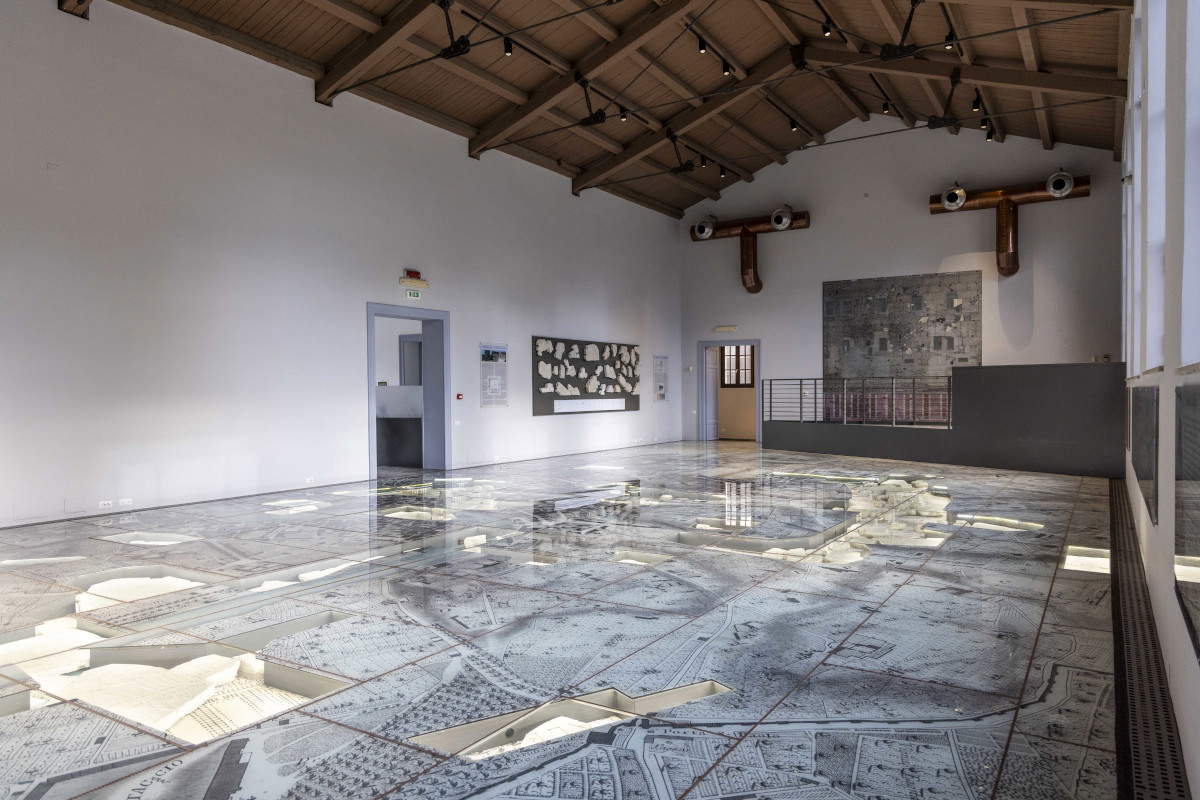
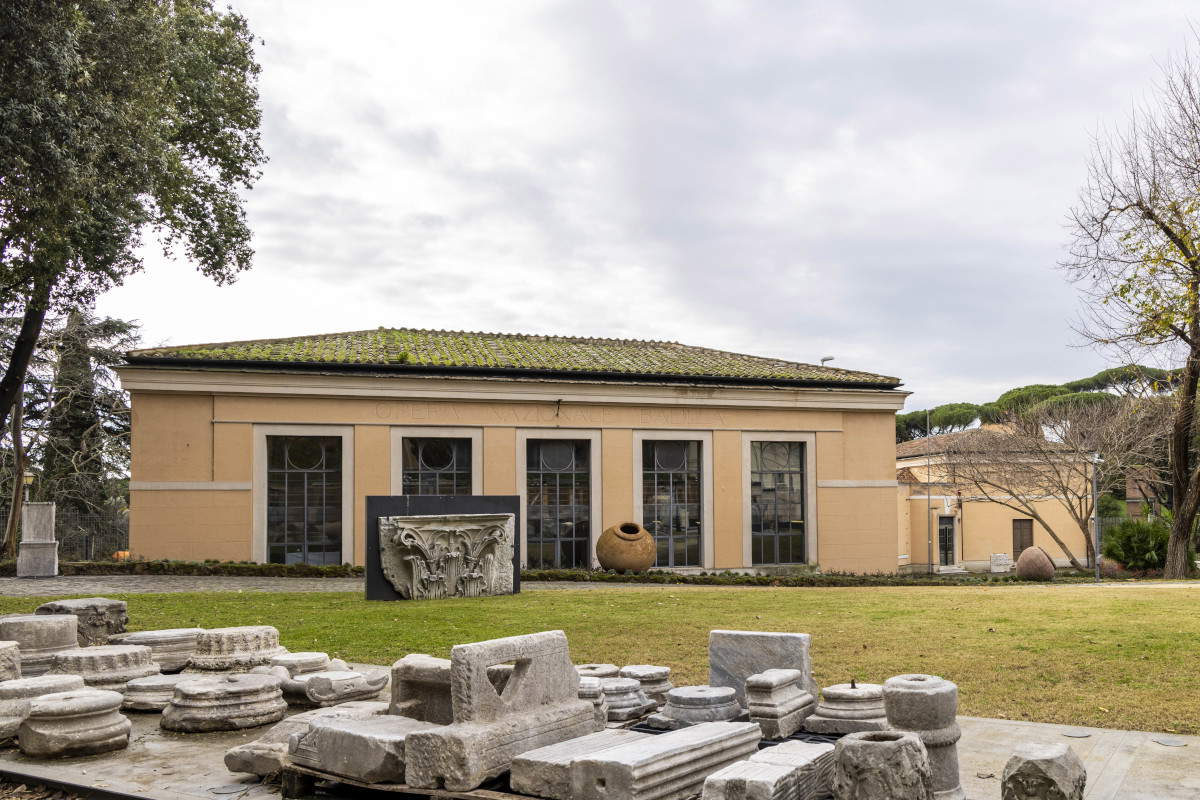


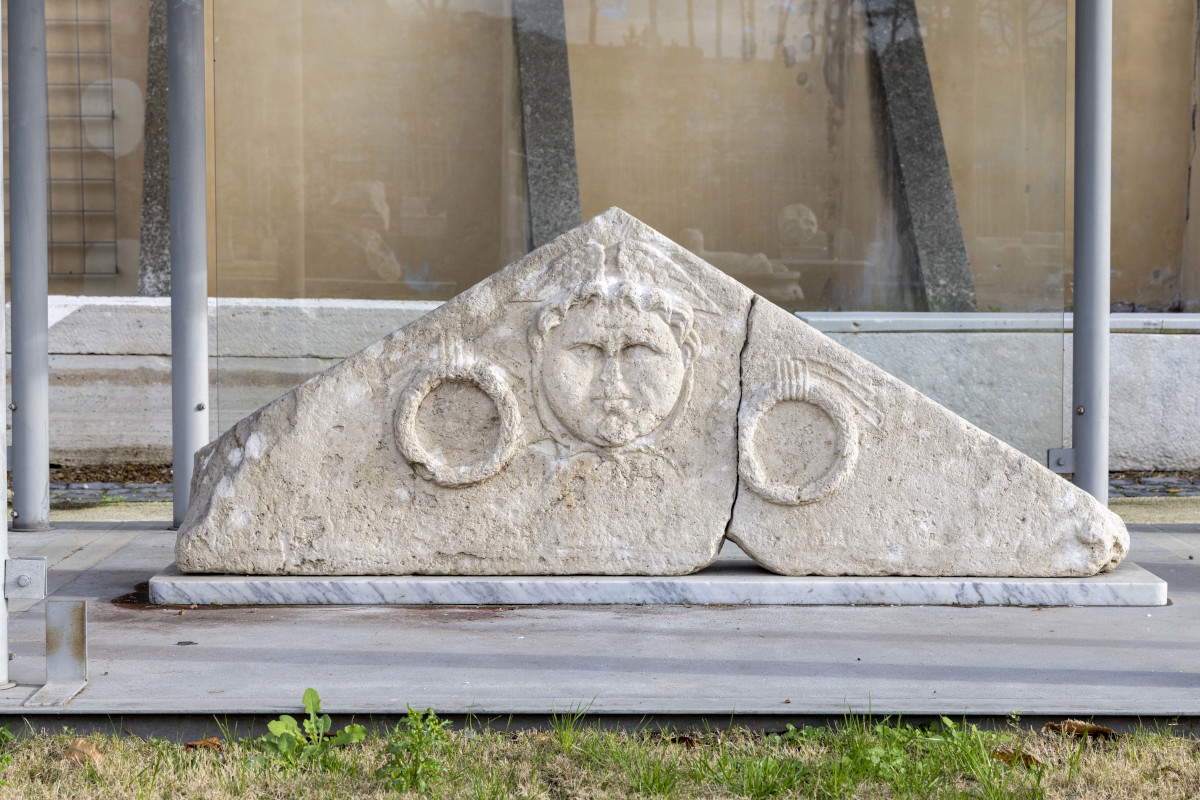
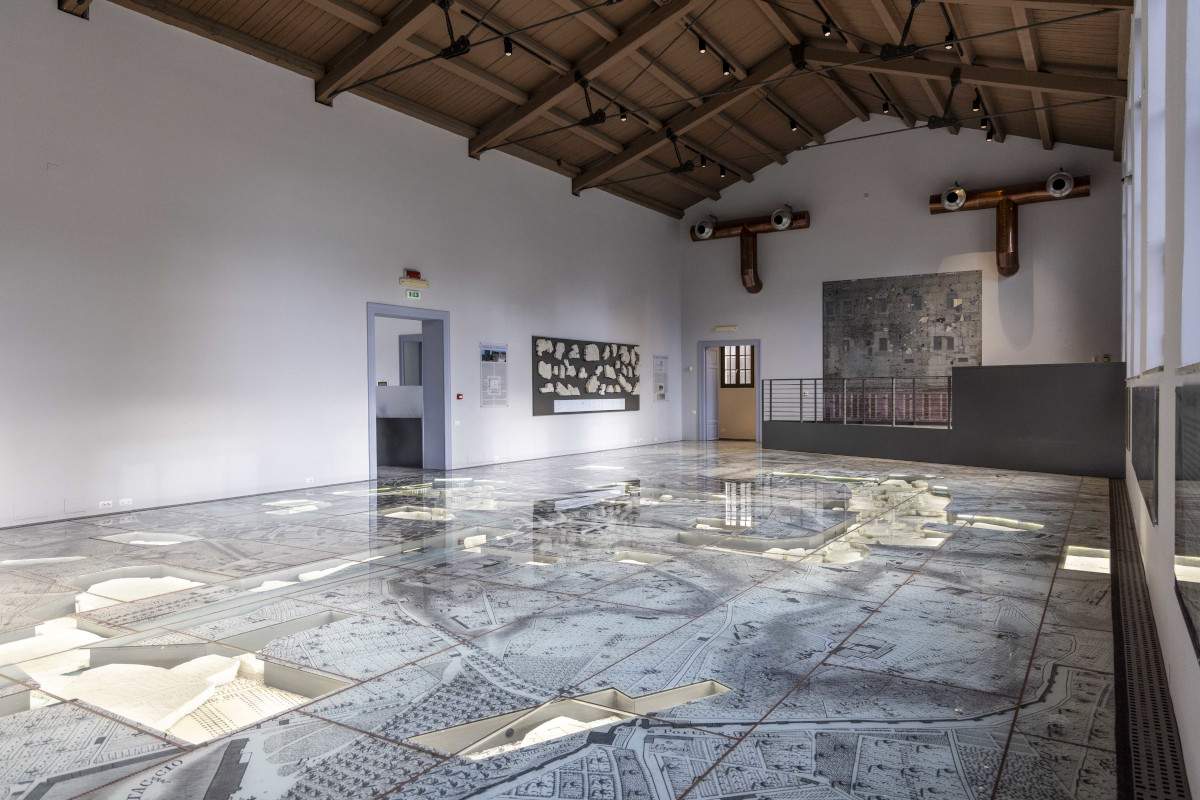 |
| Rome, Caelian Archaeological Park opens to the public with new Forma Urbis Museum |
Warning: the translation into English of the original Italian article was created using automatic tools. We undertake to review all articles, but we do not guarantee the total absence of inaccuracies in the translation due to the program. You can find the original by clicking on the ITA button. If you find any mistake,please contact us.